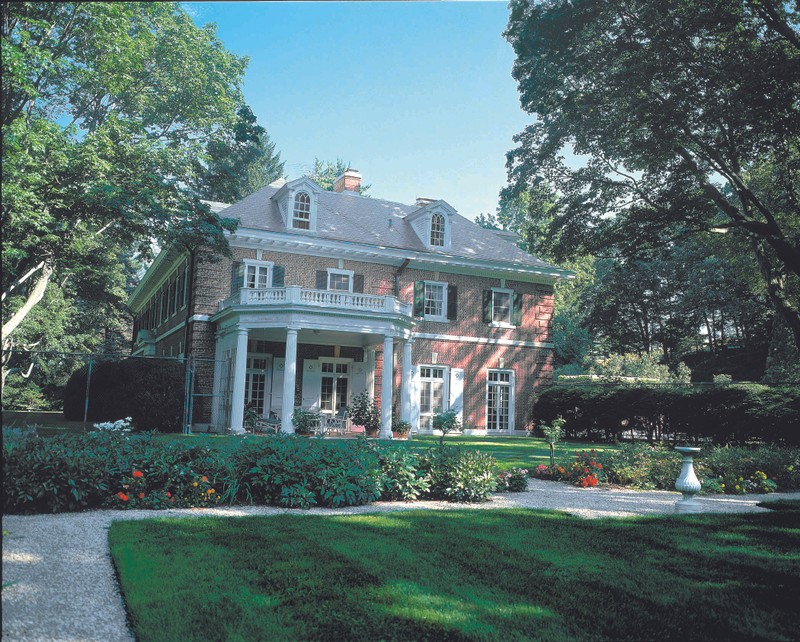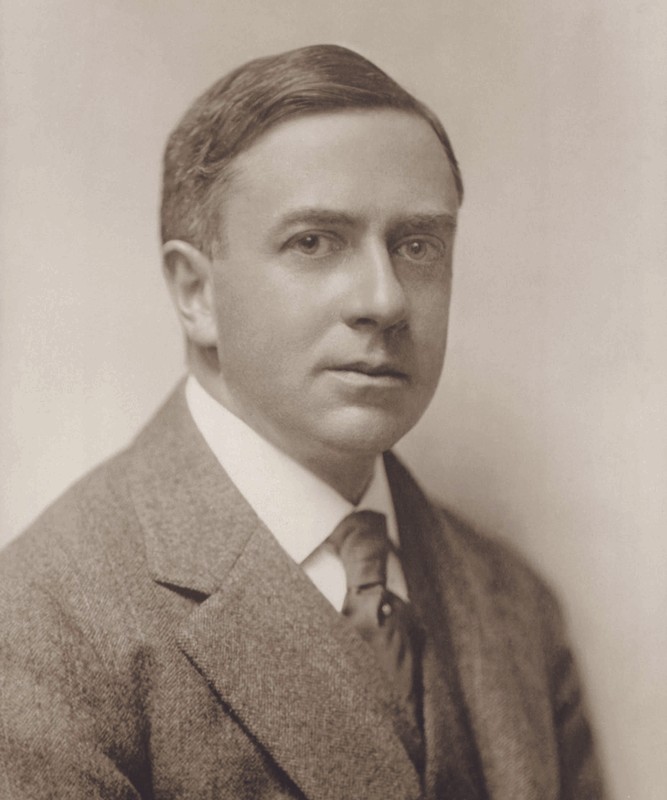Merestead/Sloane Estate
Introduction
Text-to-speech Audio
Images
Front Image of the Merestead Mansion

Merestead in 1913, a few years after the construction of the house

An image of William Sloane II, the founder of the Sloane company

Margaret Sloane and David an English sheep dog taken when Margaret was about 10

Backstory and Context
Text-to-speech Audio
William Sloane (1810-1879), was born in Ayrshire, Scotland, where he started as a weaver. At the age of 24, he immigrated to America. In 1851, Sloane partnered with his brother John to create W & J Sloane rug merchants. Their shop was a selling agent for many American rug manufactures and eventually English ones as well. The American manufacturers included many well known brands such as Alexander Smith and Son Carpet Mills, Mohawk Carpet Mills, and Biegelow-Hartford Company.
The success of W & J Sloane, provided William's children a lifestyle and social prestige that was unknown to him. The business expanded into furniture manufacturing and decorating and became an industry leader.
On November 22, 1904, William Sloane (1873-1922) married Frances Church Crocker, the daughter of a wealthy New York iron merchant and became the second president of W & J Sloane. The wedding was a publicized event at the St. Bartholomew’s Church in New York City with invitations sent out to President Roosevelt, the first lady, along with the British Ambassador and Lady Durand. Soon after the marriage, the newlyweds started plans for their country seat house. The design of the Merestead was the work of Delano and Aldrich. Both architects William A. Delano and Chester Holmes Aldrich were students at the Ecole des Beaux-Arts. William Sloane knew Delano from his college years at Yale.The house was called Merestead, the Scottish word for farmland.
The mansion, which is the centerpiece of the estate was finished in 1907. The mansion is two and a half stories high, rectangular in plan, and designed in the Georgian Revival style. The first floor of the mansion is organized around a center entrance hall. To the east side is a library, pantry at the south end, and staircase at the north end. The service wing laundry facilities and the kitchen on the first floor and living quarters for the servants on the second floor.
On June 28, 1910, William and Frances Sloane’s only child Margaret Sloane was born at home in Bedford. Margaret married orthopedic surgeon, Robert Lee Patterson. The Pattersons used Merestead as a summer house until 1983 when they moved there permanently. She arranged a life trust to give the entire estate to the County of Westchester upon her passing. Margaret Patterson was ninety when she passed away and Merestead on August 3, 2000. The property is now a county park.
Sources
- " The Sloane Family Story and the Building of Merestead," The Westchester Historian, Westchester County Historic Society. Volume 95, Number 4, Fall 2019.
- O'Brein, Austin . Merestead/Former Sloane Estate. National Register of Historic Places . Published August 8th 1984.
- Williams, Gray. Jackson, Kenneth T.. Picturing Our Past: National Register Sites in Westchester. Edition 1st . Westchester County Historical Society.
Picturing Our Past Book
Picturing Our Past Book
Picturing Our Past Book
Picturing Our Past Book
